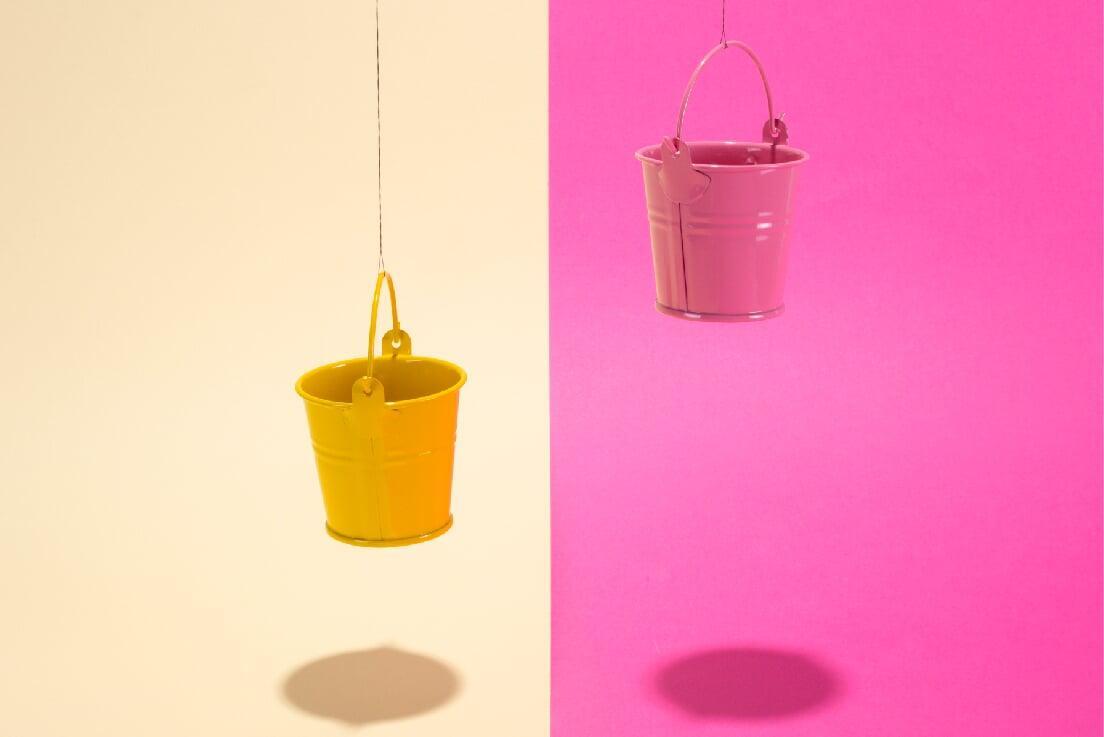
By: Cristina Martínez
M.B.A, M.S, BCBA, LBA
Coauthor: Ariadna Martin,
MS
Reinforcement or Bribery?
Have you ever promised a treat just to get through a tough bedtime? Or handed over the iPad mid-tantrum just to keep the peace? We’ve all been there.
In Applied Behavior Analysis (ABA), we often talk about the difference between reinforcement and bribery. At first glance, they might look the same—but understanding the difference can have a big impact. It can shape how your child learns, how they handle challenges, and how they grow over time.
Let’s break it down together—and see how small changes in your approach can lead to big wins for your child.
What is Reinforcement?
Reinforcement is a strategy used to increase the likelihood that a behavior will occur again in the future. In Applied Behavior Analysis (ABA), there are two main types of reinforcement: positive reinforcement, which involves presenting a reinforcing stimulus immediately after a desired behavior; and negative reinforcement, which consists of removing or reducing an aversive stimulus following the behavior, with the same goal of increasing its frequency. From a parental perspective, positive reinforcement can be understood as giving the child something they find enjoyable right after they have engaged in an appropriate behavior, with the intention of encouraging that behavior to occur again in the future.
Think of it like this:
Your child cleans up their toys, and then they get a high five and a few minutes of tablet time.
They ask for help calmly instead of screaming, and you say, “Great asking!” and help them right away.
Reinforcement teaches your child that good things happen when I use positive behaviors. It’s predictable, clear, and helps build healthy habits.
What is Bribery?
Bribery usually happens in the middle of a problem behavior—and it’s more like a quick fix.
Here’s how it might look:
Your child is screaming in the grocery store, so you say, “If you stop crying, I’ll buy you candy.”
They’re throwing toys, so you say, “You can watch a show if you calm down.”
In this case, your child learns: If I act out, I might get what I want. Even if it works in the moment, the long-term lesson isn’t helpful—and the behavior may come back stronger next time.
The Key Differences
Reinforcement
Given after a positive behavior
Helps build skills
Planned and predictable
Encourages long-term change
Bribery
Offered during a problem behavior
Can accidentally reward problem behavior
Usually a quick reaction in the moment
Creates short-term fixes
So, What Can You Do?
Try to plan reinforcement ahead of time. Use it to celebrate when your child:
Follows a direction
Uses words instead of whining
Tries something new
Waits patiently
And if you’re stuck in a tough moment? Take a breath, ride it out as calmly as you can—and then look for a chance to reinforce the next positive behavior. You’re not being mean. You’re helping your child learn that positive behavior brings positive results.
Final Thoughts
Reinforcement is one of our biggest tools in ABA—and it’s not about “spoiling” a child. It’s about teaching them how the world works: that effort, kindness, and communication are worth it. And the best part? When used consistently, reinforcement helps create happier, smoother days for your whole family.



